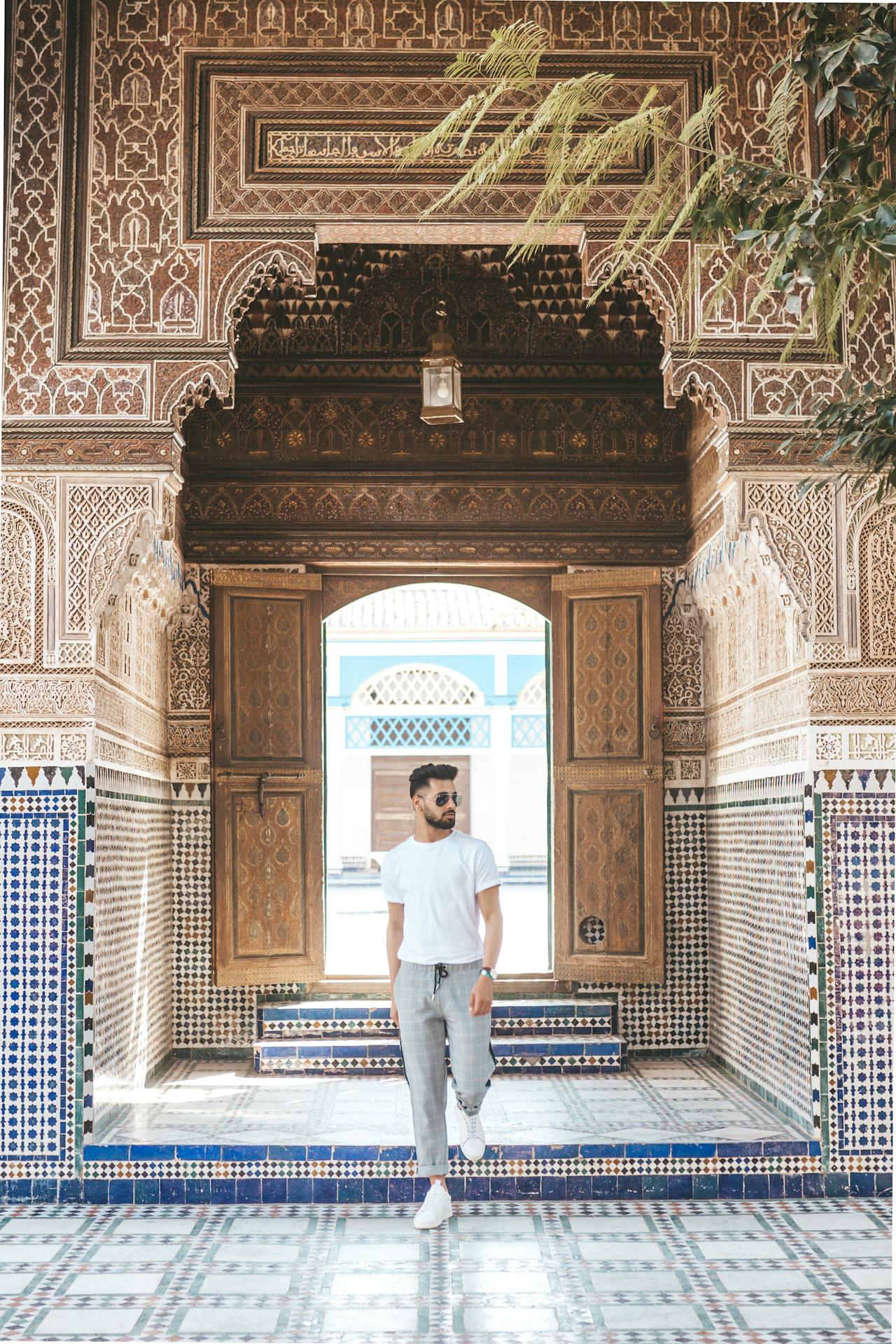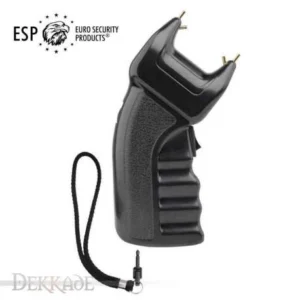10 Stunning Wedding Veil Styles for Every Bride
For many brides, choosing the right accessories is as meaningful as selecting the gown itself. The veil has long been a timeless symbol of romance, tradition, and elegance. While bridal fashion evolves each season, the veil continues to hold a special place in weddings, adapting its form, fabric, and length to suit each bride’s unique style. Today, there are countless options to explore, from minimalist designs to ornate, lace-adorned masterpieces. Those searching for inspiration often begin by exploring where to find the most exquisite wedding veil, discovering a world where tradition and modern aesthetics beautifully merge.
 The first style to mention is the **cathedral veil**, an option chosen by brides who want to make a grand entrance. Flowing several feet behind the gown, this type creates a dramatic visual that enhances even the simplest dress. Often made of fine tulle and sometimes edged with lace, cathedral veils are ideal for formal ceremonies in churches or grand venues. Their length requires careful handling, yet the impact they create is unmatched, turning the bride into a figure of ethereal beauty as she walks down the aisle.
The first style to mention is the **cathedral veil**, an option chosen by brides who want to make a grand entrance. Flowing several feet behind the gown, this type creates a dramatic visual that enhances even the simplest dress. Often made of fine tulle and sometimes edged with lace, cathedral veils are ideal for formal ceremonies in churches or grand venues. Their length requires careful handling, yet the impact they create is unmatched, turning the bride into a figure of ethereal beauty as she walks down the aisle.
For those who prefer a shorter alternative, the **fingertip veil** offers just the right balance between practicality and elegance. Ending gracefully at the bride’s fingertips when her arms are relaxed, this veil style flatters most gown silhouettes. It’s a versatile option that works with both classic ballgowns and modern fitted dresses. Many brides appreciate how it moves naturally with them, adding a gentle flow without overwhelming their look. Designers often embellish fingertip veils with delicate embroidery, sequins, or beading for a subtle sparkle that catches the light during the ceremony.
Another beloved choice is the **chapel veil**, slightly shorter than the cathedral but still offering a dramatic sweep. Falling just to the floor with a gentle train, it is suitable for brides who want elegance without the weight or length of the cathedral option. Chapel veils often feature lace appliqués or floral motifs that frame the gown beautifully, creating a seamless continuation of fabric and design. This style enhances both traditional and modern bridal aesthetics, making it one of the most popular options for contemporary weddings.
On the other end of the spectrum is the **birdcage veil**, a bold, vintage-inspired accessory. This style, made of netting that covers part of the face, evokes the glamour of the 1940s and 1950s. It’s ideal for brides who appreciate retro charm or those hosting intimate city weddings with a chic, modern vibe. Birdcage veils pair especially well with short or tea-length dresses, highlighting individuality and personality. They are often finished with feathers, brooches, or silk flowers, transforming the look into something unique and eye-catching.
The **mantilla veil** is a traditional Spanish design characterised by its round shape and ornate lace edging. Worn flat on the head, often secured with a comb, it frames the bride’s face and cascades down in a graceful circle. This style is both romantic and regal, often chosen by brides who wish to celebrate heritage or simply embrace the charm of Old World elegance. The intricate lacework of a mantilla veil makes it a showpiece, ensuring it becomes a highlight of the entire bridal ensemble.
Equally captivating is the **waltz veil**, also known as the ballet veil. Falling anywhere between the knees and ankles, it allows brides to dance and move freely throughout the reception. Its length provides drama without touching the floor, making it both practical and visually striking. Brides who choose the waltz veil often enjoy its fluid movement, which adds dimension and rhythm to their look, especially during their first dance. It is a playful compromise between short and long designs, marrying elegance with comfort.
A more contemporary option is the **shoulder-length veil**, perfect for brides who want a minimalistic touch that doesn’t distract from intricate gown details. Reaching just to the shoulders or collarbone, it suits outdoor weddings, beach ceremonies, or brides who prefer simplicity. The style highlights hairstyles and jewellery, ensuring that the bride’s face remains the focal point. Its understated design proves that less can often be more, allowing the gown and personality of the bride to take centre stage.
The **elbow-length veil** strikes another balance between practicality and elegance. Falling gracefully to the elbows, it complements A-line and ballgown dresses beautifully. It adds a soft layer of tulle that frames the dress without overwhelming it. Many brides pair elbow-length veils with strapless gowns, as the combination creates a harmonious silhouette. Embellishments such as pearl beading or satin trim can elevate this modest design into something unforgettable.
For brides who want to maintain tradition while embracing individuality, the **double-tier veil** offers a versatile solution. With two layers of fabric, one often serving as a blusher that can be worn over the face, it provides both modesty and drama. The second layer typically extends longer, creating depth and volume. This style adapts easily to different gown types, from sleek modern dresses to ornate ballgowns. The layered look creates a romantic aura, giving brides flexibility in how they wear the veil throughout the day.
Finally, the **royal veil**—sometimes extending beyond cathedral length—represents the epitome of grandeur. Reserved for brides who dream of a fairytale wedding, it demands space and a team of bridesmaids to manage. The royal veil is often adorned with elaborate lace, crystals, or embroidery, ensuring it becomes an unforgettable statement piece. While less common due to its sheer size, it captures the imagination and makes a lasting impression, embodying the ultimate symbol of bridal majesty.
Each of these styles carries its own charm and significance, allowing brides to find the one that resonates most with their personality, venue, and vision for the big day. Whether minimal or extravagant, the veil remains a cherished accessory, enhancing not only the gown but also the emotional experience of walking down the aisle.


 Another major shift is the rise of online-only platforms that aggregate home décor products from multiple vendors. Sites like
Another major shift is the rise of online-only platforms that aggregate home décor products from multiple vendors. Sites like 







